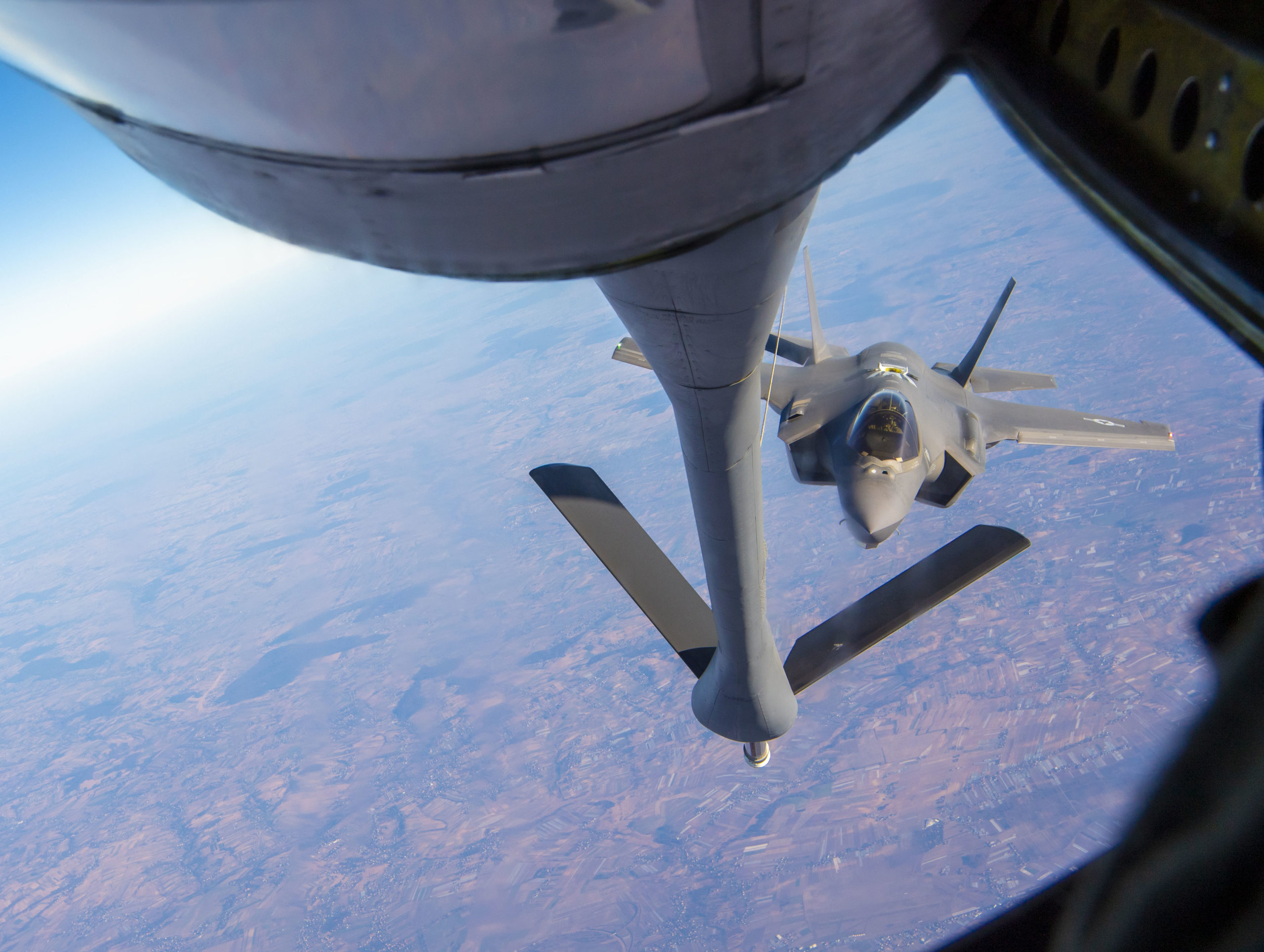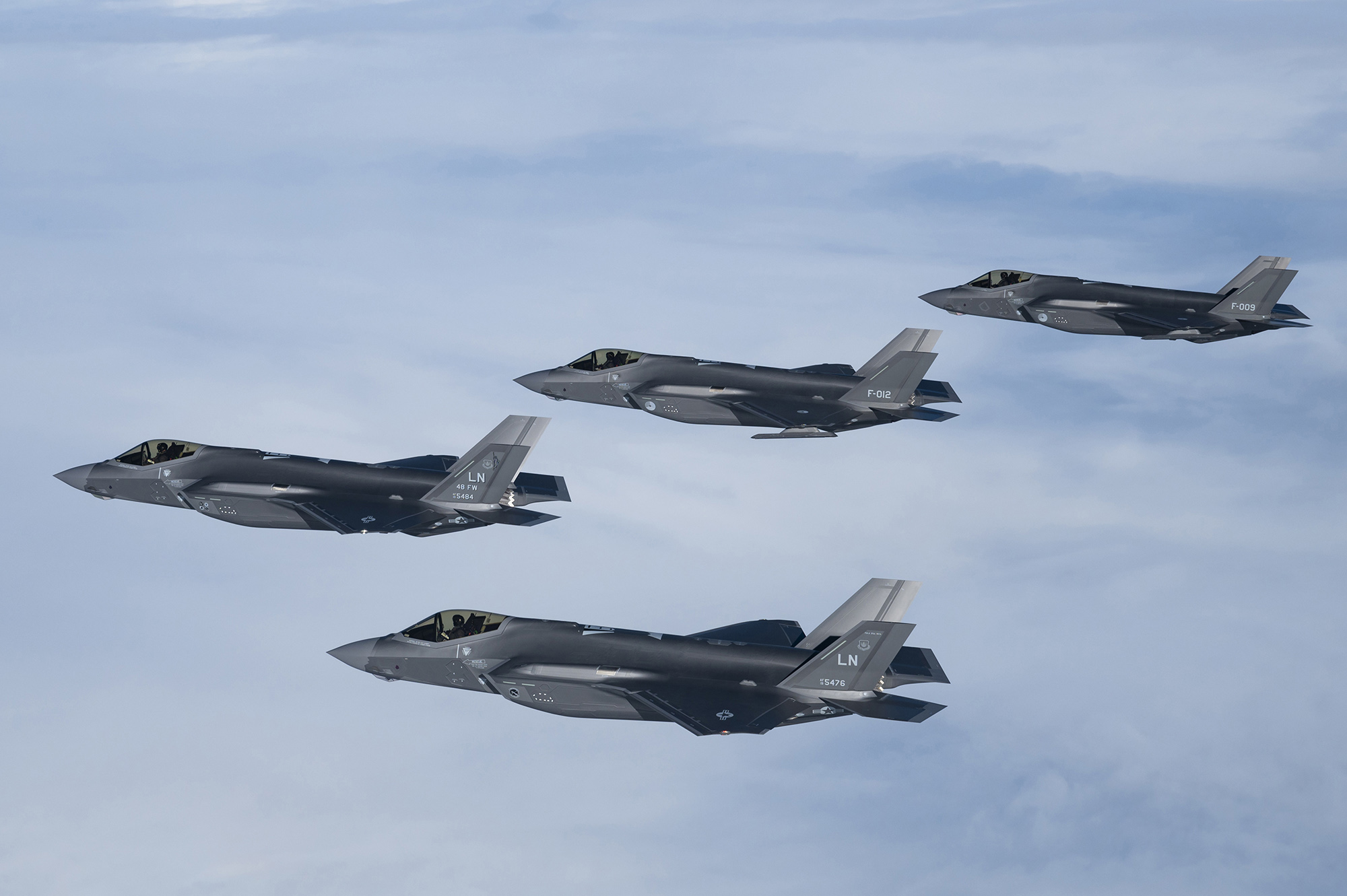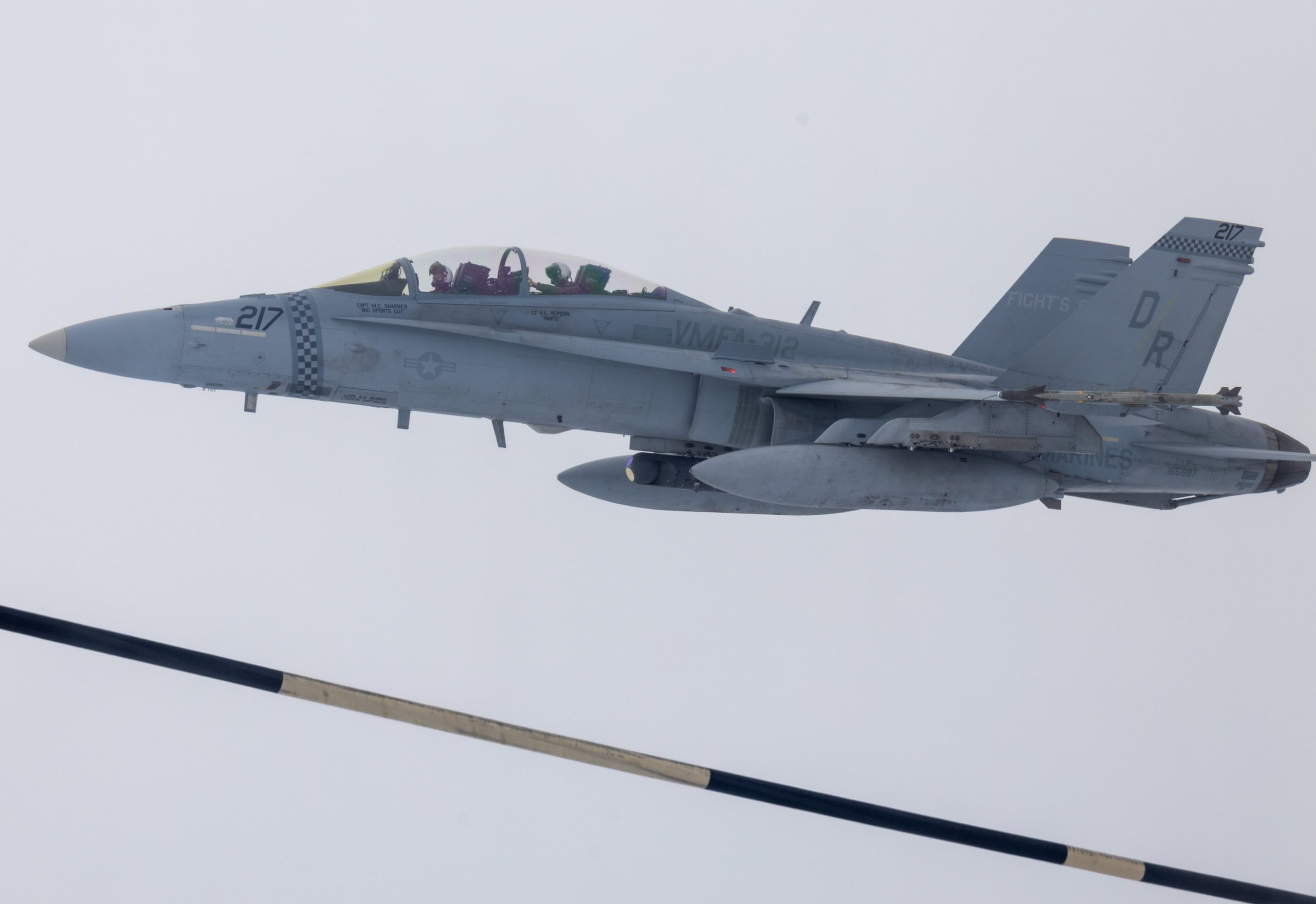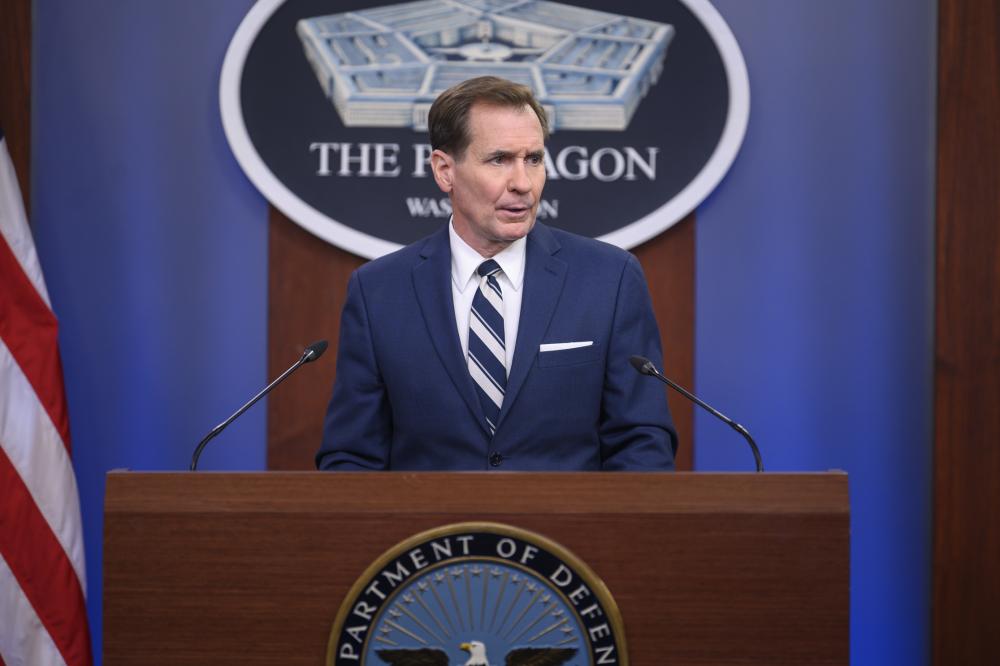While the Air Force is looking to retire hundreds of old assets to free up money for new systems, don’t expect the Space Force to follow suit, the head of Space Systems Command said April 20.
Lt. Gen. Michael A. Guetlein oversees the “research, design, development, acquisition, launch, and sustainment” of the Space Force’s satellites as the commander of SSC. And in that role, he is set to help oversee the deployment of a new resilient space architecture defined by proliferated and integrated systems.
But even as the Space Development Agency—soon to transition to be part of the Space Force—proceeds with plans to procure dozens of new satellites, rolling them out on a regular two-year cycle, the service is not looking to divest anything, Guetlein said during a virtual discussion at the C4ISRNET Conference.
“Space is really a startup, and space is really large. So based on that, we’re really not seeing the need to divest ourselves of any legacy assets,” Guetlein said. “Additionally, satellites are on orbit for a very finite amount of time, and they will replenish themselves over time, just due to loss of fuel or loss of redundancy, etc. So we’re really not seeing the need to retire any of our legacy assets.”
Indeed, those legacy assets will still be crucial in the next few years, Guetlein said, as Space Systems Command looks to bridge the gap to 2026—the date Guetlein has set as the field command’s goal for fielding newer, more resilient systems.
“That resiliency is going to take some time to build in, and we’ll start delivering in the 2028-and-beyond timeframe,” Guetlein said. “So what do we do between now and 2028? And that’s really where we’ve been sounding the alarm on 2026” because of China‘s and Russia‘s capabilities and intent to disrupt access to space.
Should a conflict arise before 2028, the Space Force will need its legacy systems to be as resilient as possible. That’s why Guetlein has tasked SSC with more than just buying new systems.
“What we’ve asked our [program executive offices] to do, is to deliver as much capability as they possibly can from our current architecture, to support the warfighter and the nation in case we need those systems in time of crisis or conflict,” Guetlein said.
In pursuit of that, the field command has adopted a mantra, said Guetlein: “Exploit what we have; buy what we can; and only build what I must.”
With that 2026 timeline in mind, there are two main ways SSC is using that mantra to guide its approach.
“When I look at our metrics going into 2026, it’s first and foremost, how have I integrated and networked the current capabilities that I have in new and imaginative ways. And then under ‘Buy what I can,’ it’s how have I partnered with our allies, and how have I partnered with commercial to buy what commercial services and international services are available?” Guetlein said. “And then going back to ‘Exploit what we have,’ how I have integrated that better into the current networks that we have today?”
The rise of commercial services in space that the Pentagon could potentially leverage has been highlighted in recent weeks by Russia’s invasion of Ukraine. Satellite imagery has shown troop movements and provided evidence of potential war crimes, while satellite internet has helped to keep Ukrainians connected.
Watching all this, Guetlein said, is a reminder that the Space Force and SSC don’t necessarily have to field everything by themselves.
“I think what we’re seeing around the globe is an enormous amount of value and capability that the commercial industry is bringing to the table. With that capability, they’re building in redundancy; they’re building in resilience; and we are able to now fill gaps or even change our focus on the mission areas that the government was traditionally focused on, to allow industry to take a piece of it, while we focus on the more exquisite capabilities in the denied areas going forward,” said Guetlein.
At the same time, given the vastness of space, it’s not as though DOD can afford to cut back on any systems that provide it with situational awareness.
“Space is huge,” said Guetlein. “We will never, never have enough space domain awareness. And in order to be successful in space, we really need to understand what’s going on in our environment, both manmade as well as environmental.”
Between building new systems, acquiring commercial capabilities, and looking to use the current satellites in new and innovative ways, the amount of funding needed isn’t likely to go down anytime soon. The tension between sustaining old systems and developing new ones with limited funds is what led to the Air Force’s strategy of divesting legacy platforms.
But Guetlein sounded confident that Congress will continue to pay for the Space Force to sustain and modernize at the same time.
“We’ve experienced an enormous amount of bipartisan congressional support across the Space Force,” Guetlein said. “As we’re going into the next generation of space capabilities, we’re having very, very transparent dialogue with our congressional stakeholders to explain to them what the current vulnerabilities are of our current systems, how we are going to fill those gaps in the future, … and how we’re going to transition from the extremely capable systems that we have today, that are world class, to this new, more proliferated, resilient, redundant, integrated network architecture going forward. And through that transparency, we’re seeing an enormous amount of cooperation and collaboration on the Hill.”










